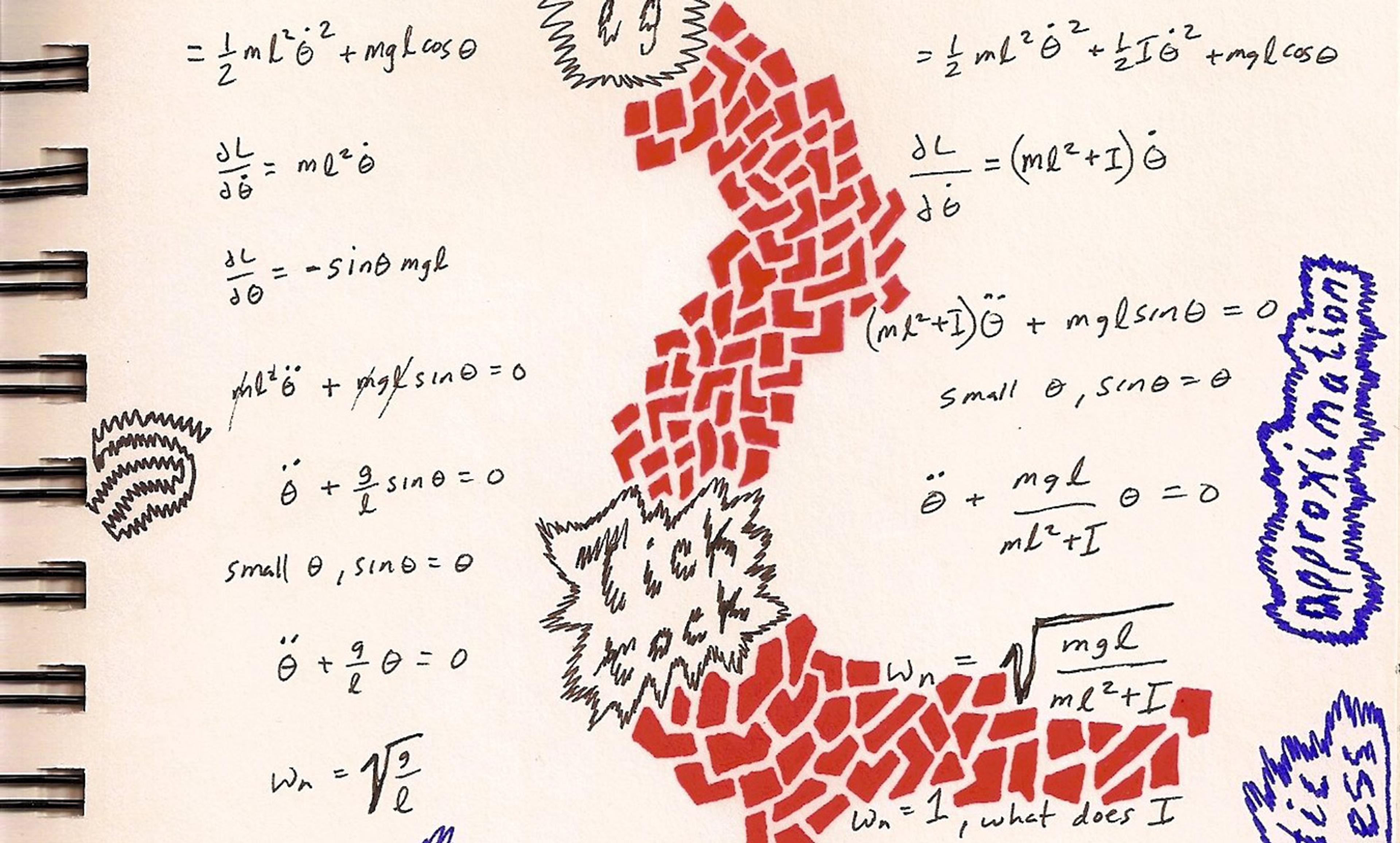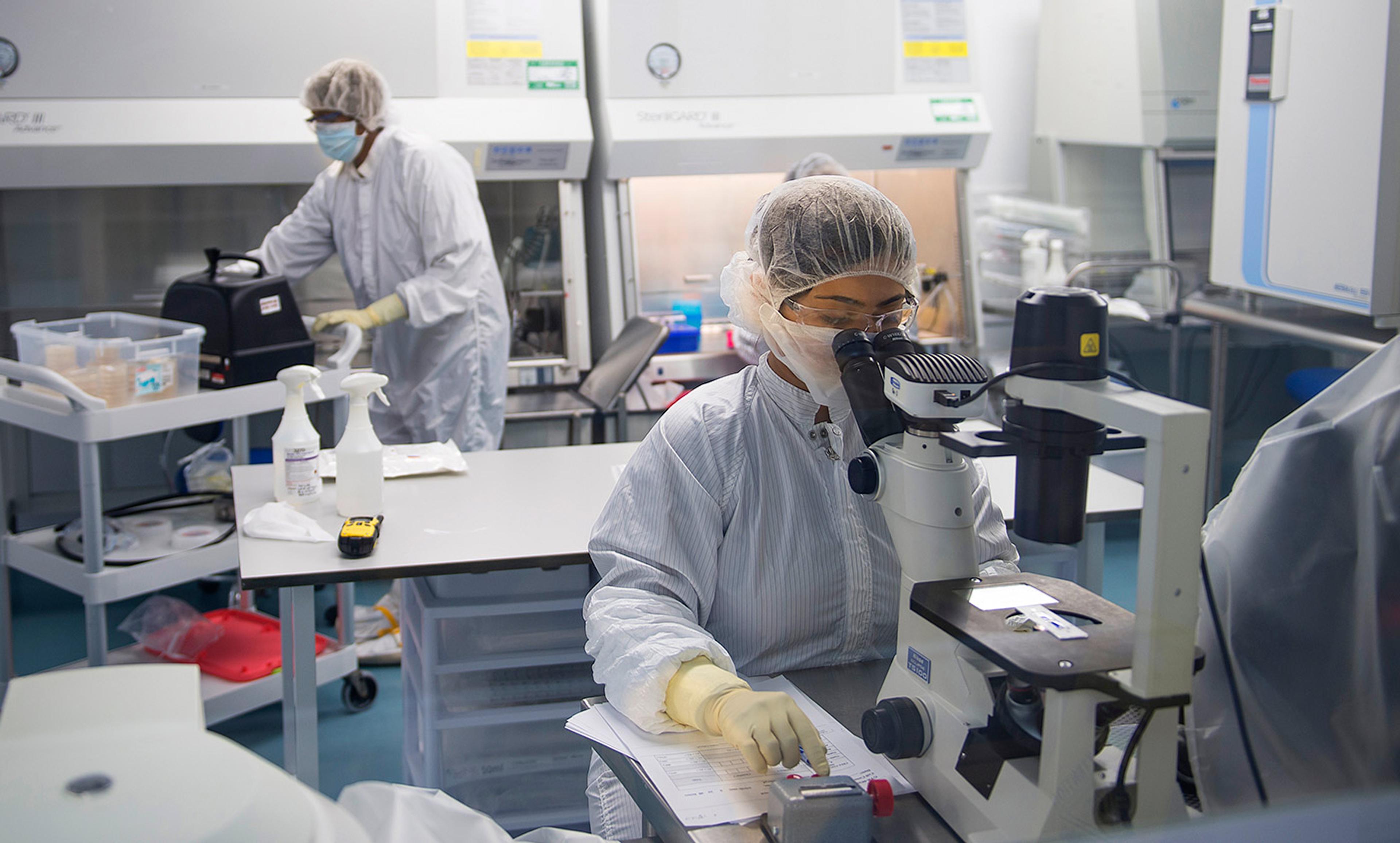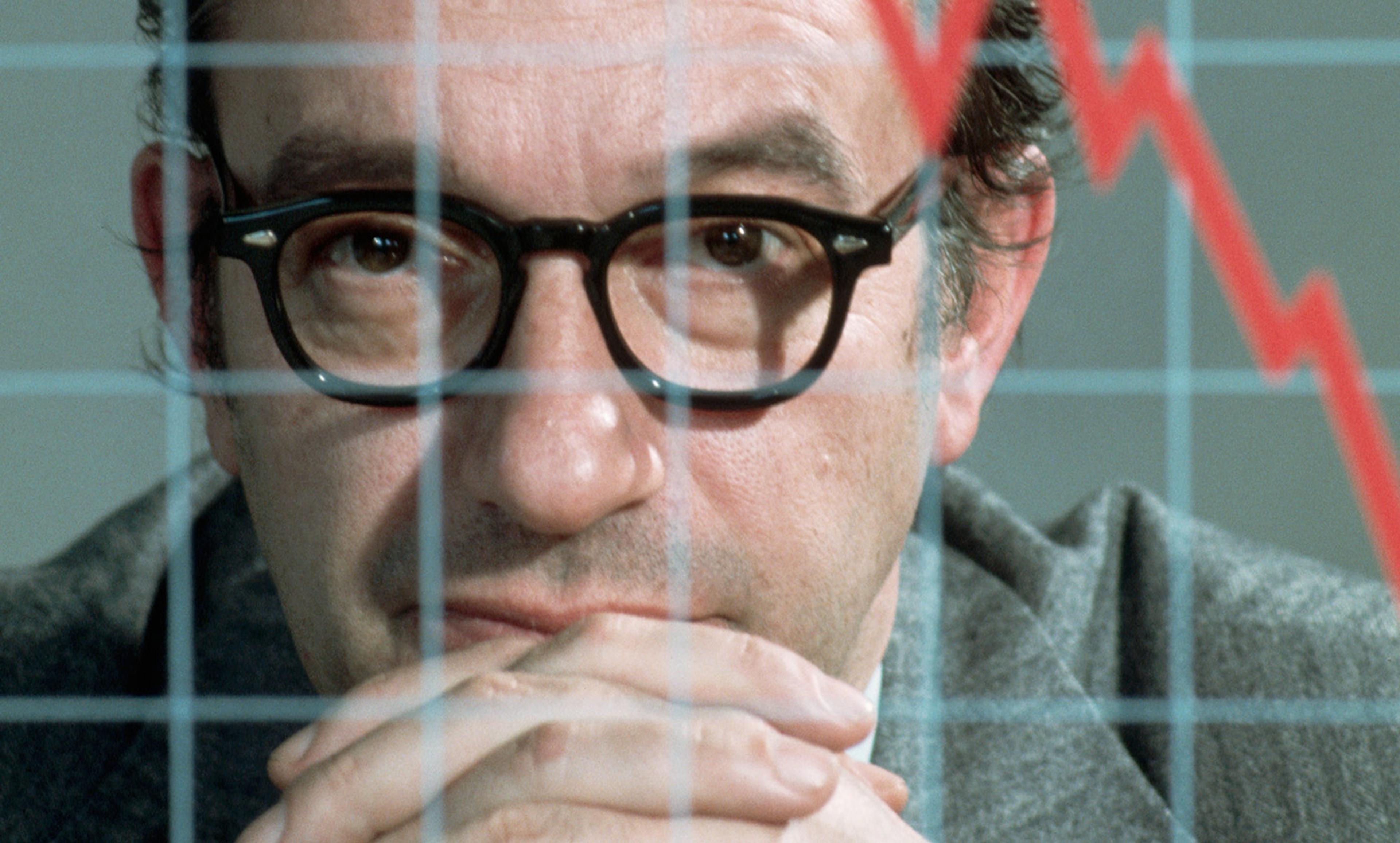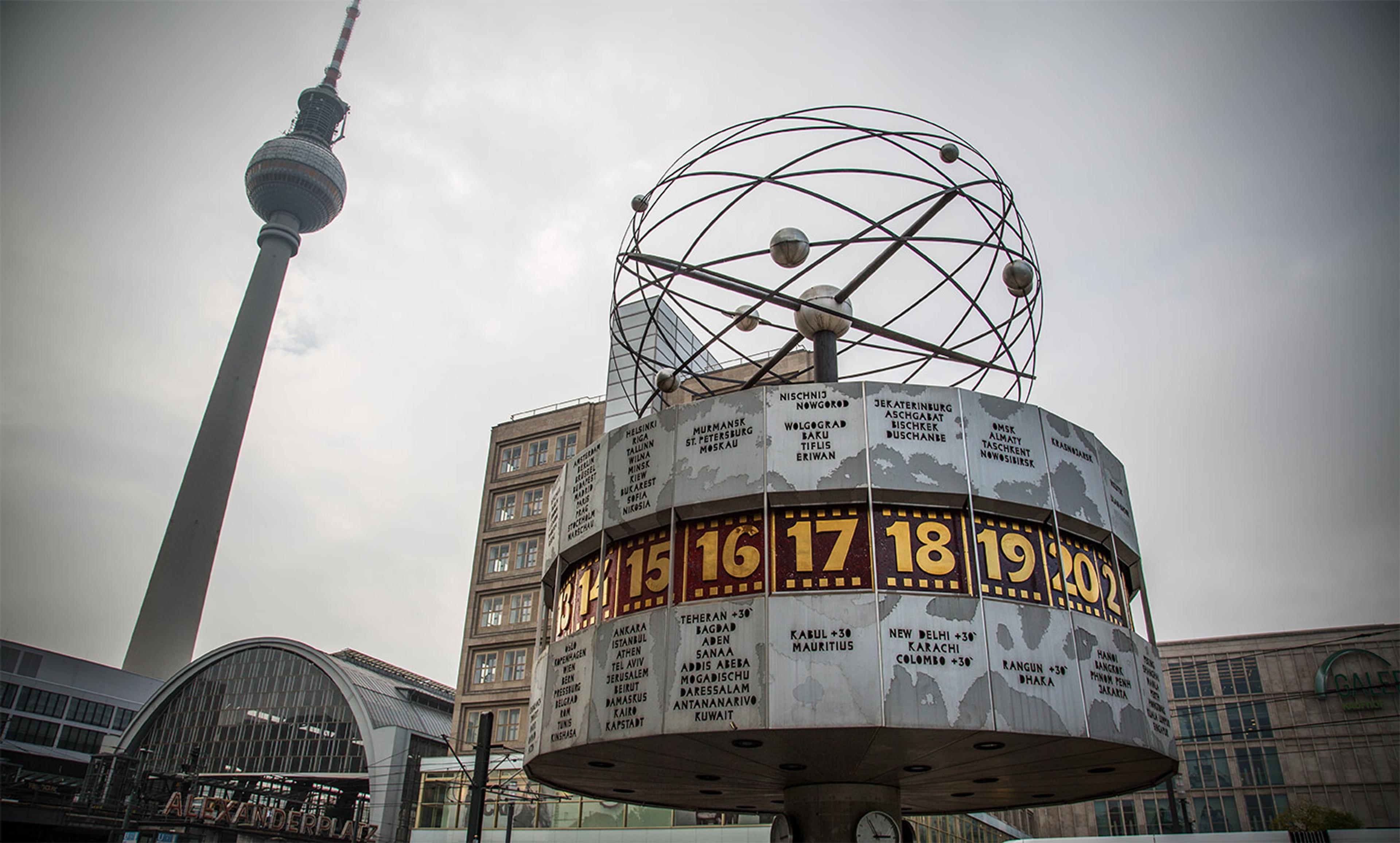Anderson Smith 2010/Flickr
Three months ago I wrote an essay in Aeon about intriguing developments in low-energy nuclear reactions (LENR), a controversial field that traces its origins to the claims of ‘cold fusion’ by Martin Fleischmann and Stanley Pons in 1989. Cold fusion itself is widely regarded as discredited, yet there are several recent reports of LENR devices producing commercially useful amounts of heat. As David Bailey and Jonathan Borwein have pointed out in HuffPost Science, it seems increasingly improbable that all these findings are the result of fraud or error, as skeptics assert. But the only remaining alternative – that science simply made the wrong call when it dismissed cold fusion – is still almost invisible in serious scientific conversations and in the mainstream media.
Why is this possibility so broadly ignored? I suggested that it is because LENR is caught in what I called a ‘reputation trap’. Cold fusion has had such a bad name that scientists and journalists put their reputations at risk if they dare to express an interest in LENR. So a fascinating story goes largely unnoticed and unreported.
More importantly, the reputation trap has pushed to the margins an idea that, if it does work, might be just what we need right now: the ‘energy miracle’ that Bill Gates is so desperately seeking. LENR claims to tap the same unlimited nuclear energy reserves as hot fusion, without its enormous technological obstacles. I proposed in my essay that science should be more tolerant of its mavericks, when so much is at stake. If I’m right, then the reputation trap itself is the thing that should be condemned and ridiculed, not the science of LENR.
Not surprisingly, some readers weren’t convinced. Some concerned commentators even worried about what the piece would do to my own reputation. So, three months later, am I having any regrets?
On the contrary, the story has become even more interesting, in my view. I want to offer some updates for readers who weren’t persuaded last time that these developments were worth following for themselves. And I want to sound a note of caution for anyone who still feels confident that they can continue to ignore the field. If LENR is on the verge of a comeback, the reputation trap will turn inside out very, very quickly. No one wants to be the last ostrich to pull its head out of the sand. You have been warned!
One of the key figures in this story is Andrea Rossi, a controversial Italian engineer who has claimed for more than five years to have an LENR reactor producing commercially useful amounts of heat. Skeptics are convinced that Rossi’s ‘E‑Cat’ is a scam. Reportedly, however, a 1MW test version has been working in a factory in Florida for most of 2015, under the gaze of an independent monitor.
There are three interesting new clues about how things are going in the field. First, Rossi announced last month that the Florida test has been completed. The report of the independent evaluator has not yet been publicly released, but Mats Lewan – a Swedish science journalist who has been following the story from the beginning – says that his sources tell him the findings are positive (and that he has already ‘put the champagne on ice’).
Second, there have been several new claims of successful replications of Rossi-style devices, using versions derived from the public report of a Swedish-Italian team who tested one of Rossi’s reactors in 2014. Most interestingly, a partisan but admirably self-critical open science collaboration called the Martin Fleischmann Memorial Project (MFMP) claims to have detected a strong X-ray signal from one of their devices, apparently correlated with signs of excess heat. Reports and data from MFMP’s experiments are freely available online, and they welcome feedback and criticism.
If confirmed, this result would be strong evidence that nuclear reactions really are occurring in these devices. Moreover, it ties in well with reports of similar radiation associated with Rossi’s early E‑Cats. This has greatly increased MFMP’s confidence that Rossi does have what he has always claimed. MFMP also take the X-ray signal as an important piece of evidence about how the E‑Cat and other LENR devices might work. Attempts to replicate their result are currently in progress, by their own team and others.
The third clue stems from the excitement that these first two developments have generated in the small community who follow the LENR field closely. There has been much speculation both about details of the report on the 1MW test, and about practical and theoretical details of the reactors themselves. In response, Rossi’s US-based corporate backer, Industrial Heat LLC of Cary, North Carolina, recently sent a letter to several prominent commentators, urging them to wait and let the news emerge through proper channels. As the company put it:
We value credibility through sound LENR research. That’s why any claims made about technologies in our portfolio should only be relied upon if affirmed by Industrial Heat and backed by reputable third parties who have verified our results in repeated experiments.
Our portfolio of work has never been stronger and we remain excited about the potential we see. This optimism is grounded in more than just hope, yet a great deal of work remains.
Intriguingly, Industrial Heat copied their email to APCO Worldwide, a prominent Washington-based consultancy that specialises in, among other things, crisis and issues management along with public affairs, government relations and policy. Why, with the report on Rossi’s test in their hands, does Industrial Heat feel that it needs APCO’s services?
A skeptical view might be that Industrial Heat are preparing to announce embarrassing news: that they have been duped by Rossi and perhaps by others involved in LENR development. (They are also apparently investors in Robert Godes’s Brillouin Energy in California). An even more skeptical view would be that the company itself is part of a grand conspiracy, preparing audacious new efforts to wheedle even more money from gullible investors.
Alternatively, if the report on Rossi’s test is strongly positive, then Industrial Heat have in their hands what they take to be a huge piece of news about a revolutionary new source of energy – news that risks remaining stuck in the reputation trap that has hidden the entire LENR field for a generation. In this case, it is easy to see why they feel they need the services of an organisation with APCO’s expertise. They have a paradigm to shift, and the consequences could have huge economic and political implications. That is a job for professionals, not for the gaggle of commentators who have been following Rossi’s research so far.
We’ll have to wait and see, though my money is on the last possibility at this point. I mean this literally: if Rossi or Brillouin Energy come up trumps, I’ll win more than £30,000 from critics of my previous Aeon piece, for our Centre for the Study of Existential Risk at the University of Cambridge. (Details of one of these bets are public at Metaculus.) I take comfort from the recent news that Industrial Heat are buying up other LENR patents, hardly the action of an organisation that has lost confidence in its direction.
Some of my friends still think that my view is absurd, and consider LENR is so unlikely that we can safely ignore it. In that case, Industrial Heat must be either dupes or part of the conspiracy with Rossi or others – though my friends don’t bother to explain how, in the first case, or why, in the second.
My recommendation to these friends is to keep at least one eye open. For herd animals – like ostriches and scientists – a good way to know when to move is to keep an eye on peers who are closer to the action. If they start to shift, then you should consider it too – unless you have good reason to think that you know something that they don’t.
Here’s the question for these folks to keep in mind while we wait for further news. What do you think you know that Industrial Heat does not (or is pretending that it does not)? We can ask the same question with regard to anyone else who seems to be taking LENR seriously, including scientists such as Francesco Piantelli and the late Sergio Focardi, Rossi’s early collaborator. But Industrial Heat have far more at stake. They seem to be engaged with all parts of the field, and now hold the biggest piece of evidence by far, apparently. That’s why they are worth watching, in my view – and why, if you don’t want to be the last ostrich out of the sand, you need an especially good reason to think that you can ignore them.
One final thought. We don’t know how this story ends, but with the players now involved, it is hard to see how it could be anything but interesting. Perhaps it’s time for the science media of the world to find some backbone, face down the reputation trap, and start paying attention?






